University approaches to Citizen Science
OpenAIREs 12th workshop on University approaches to Citizen Science in the transition to Open Science Institutional opportunities and challenges for creating an open and inclusive environment for Research.
Send us a link
OpenAIREs 12th workshop on University approaches to Citizen Science in the transition to Open Science Institutional opportunities and challenges for creating an open and inclusive environment for Research.
Nations are increasingly turning to citizens' assemblies to weigh up climate policies.
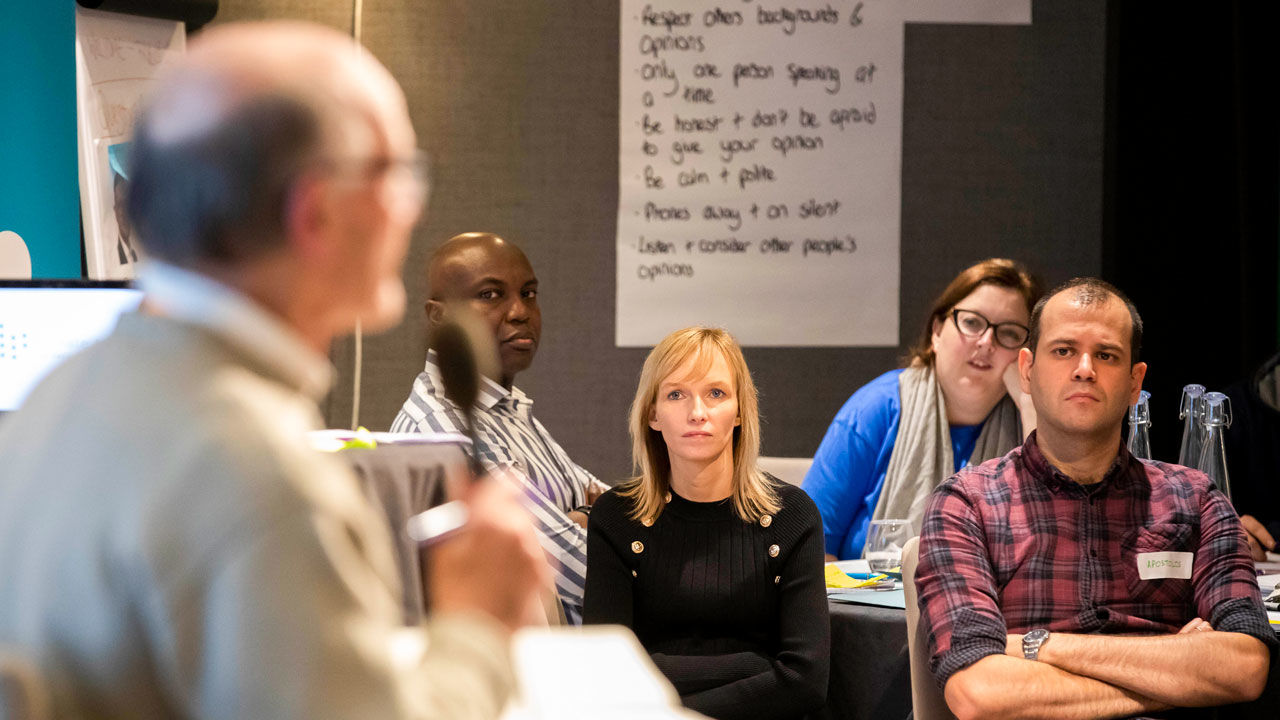
One interesting and unintended consequence of the current pandemic has been an increase in people’s engagement with citizen science.
Community labs want to make everything from insulin to prostheses. Will traditional scientists accept their efforts?

This is an online platform for sharing knowledge, tools, training and resources for citizen science – by the community, for the community.
Since India lost contact with the spacecraft in September, the precise location of its crash has been a mystery.
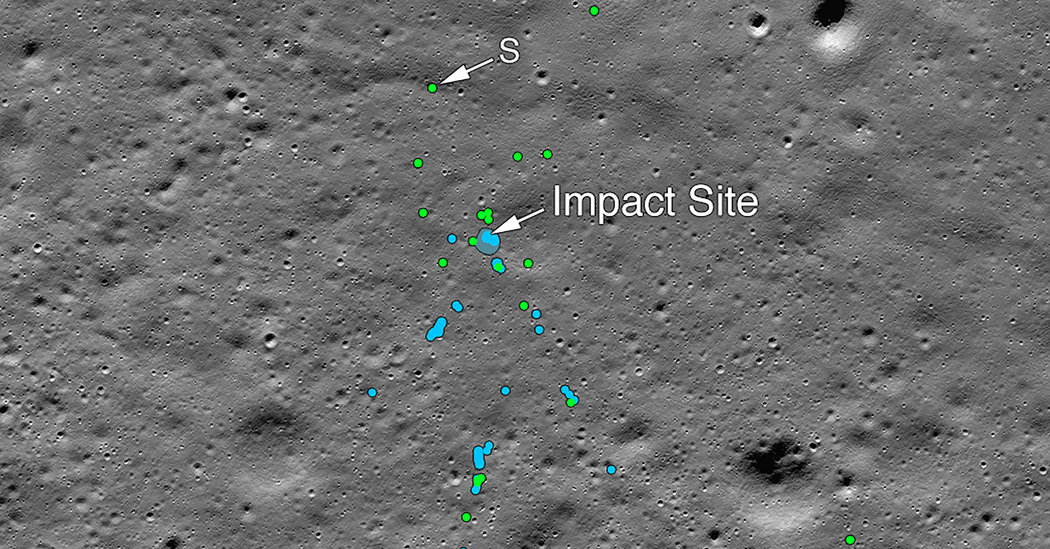
Data from conventional sources cannot fully measure progress towards the Sustainable Development Goals (SDGs). Here the authors present a roadmap describing how citizen-science data can integrate traditional data and make a significant contribution in support of the SDGs agenda.
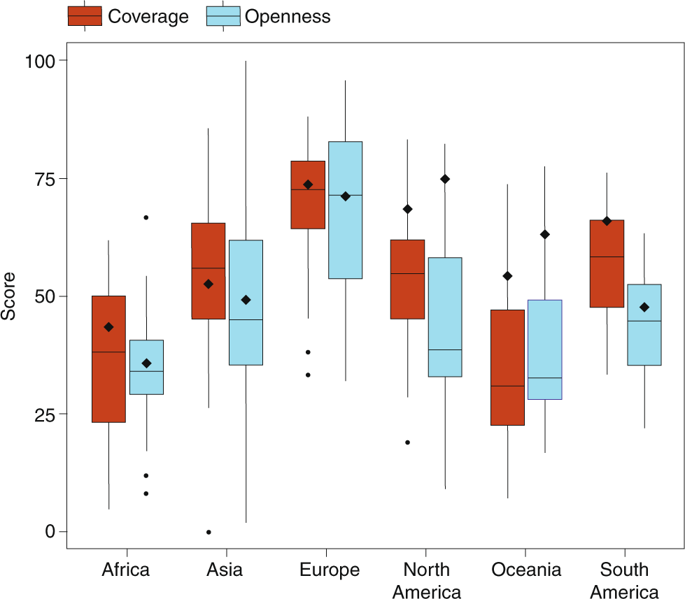
An interdisciplinary team has come up with a mobile app for identifying plants based on users taking a photo of the plant on their mobile. For Citizen Science the enthusiastic engagement of the public with Flora Incognita shows a clear path forward for more widespread uses of machine learning in public participation with science and scholarship, and in knowledge creation.
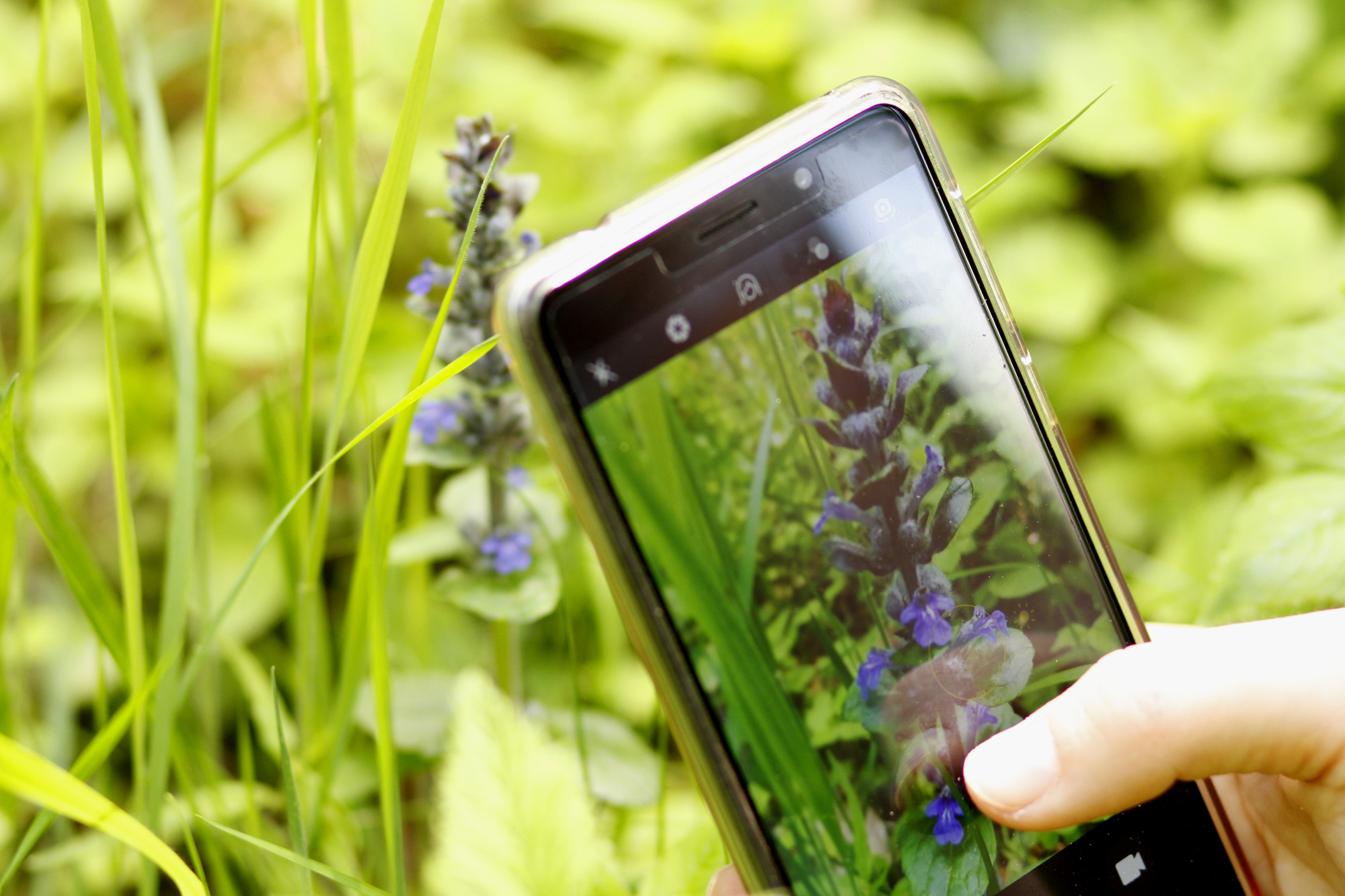
What exactly qualifies as "citizen science" (CS)? It is interpreted in various ways and takes different forms with different degrees of participation. In fact, the label CS is currently assigned to research activities either by project principal investigators themselves or by research funding agencies.
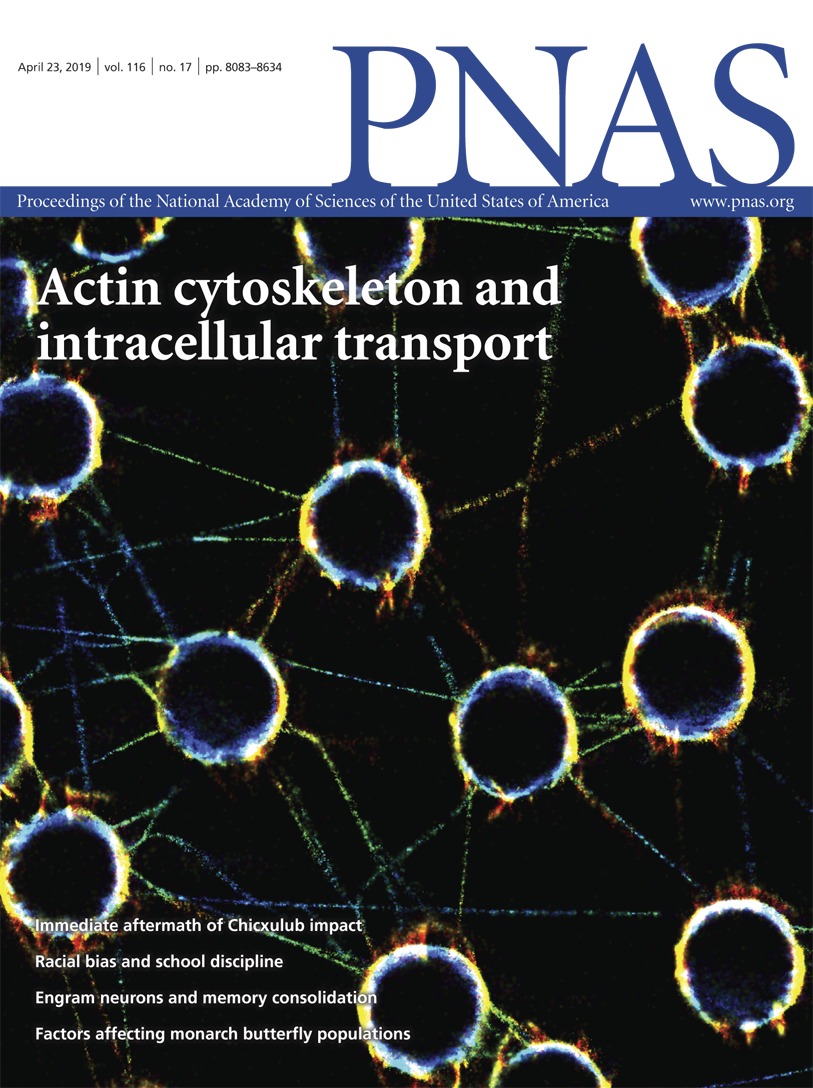
Making science engaging is vital work, but fraught with challenges. How do you stay relevant in your local community? How do you ensure activities are designed in a way that places the needs and preferences of multiple target audiences at their centre? How do you find new collaborators and effectively expand your network? If you work for a science engagement organisation and need some support or just a little direction, this quick start guide to Responsible Research and Innovation (RRI) will help.
Scientists who team up with the public to conduct research need to do a better job of including all segments of society.

Citizen Science: Innovation in Open Science, Society and Policy identifies and explains the role of citizen science within innovation in science and society, and as a vibrant and productive science-policy interface. The scope of this volume is global, geared towards identifying solutions and lessons to be applied across science, practice and policy. The chapters consider the role of citizen science in the context of the wider agenda of open science and open innovation, and discusses progress towards responsible research and innovation, two of the most critical aspects of science today.
Fitibit's wristbands have collected 150 billion hours' worth of heart-rate data from people around the world. For the first time, the company offered a look inside that data, to see how lifestyle, location, age, and gender affects our health and longevity.
Citizen science: crowdsourcing for systematic reviews looks at how people can contribute their expertise to scientific studies using new online platforms - even if they don’t think of themselves as researchers or scientists.

There is an urgent need to strengthen funding for the interaction between science and society, but the EU's proposal for Horizon Europe does not foresee a programme dedicated to Science with and for Society.
Scare stories in the media warn that biohackers in community labs are working underground to create the next global apocalypse. In truth, these labs are all about science outreach and education.
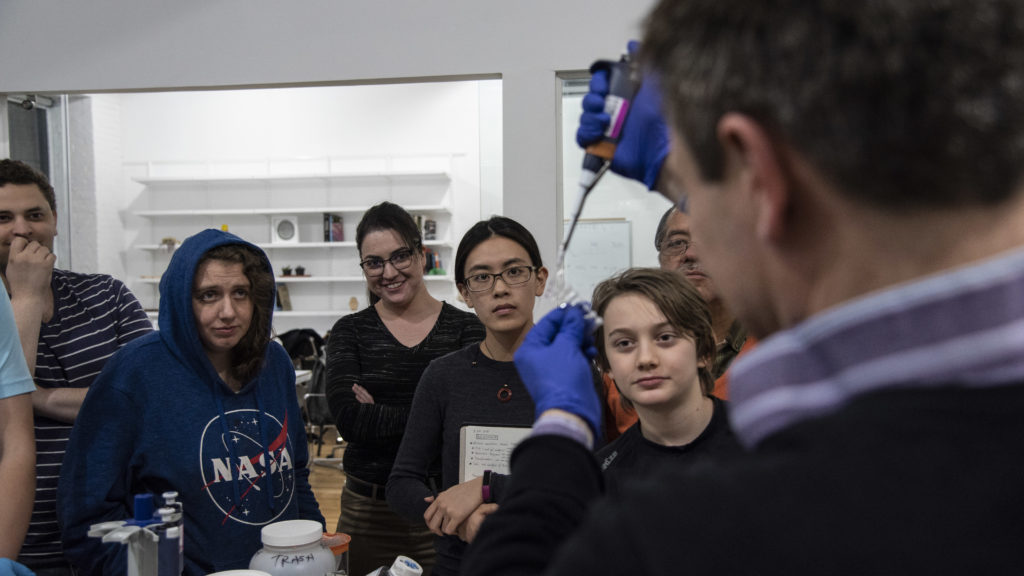
LERU's paper discussing the eight pillars of Open Science identified by the European Commission: the future of scholarly publishing, FAIR data, the European Open Science Cloud, education and skills, rewards and incentives, next-generation metrics, research integrity, and citizen science.
Network tracks the evolution of microbial communities in sourdough starter mixtures shared around the world.
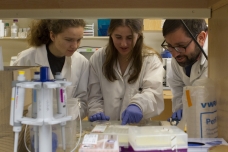
It wasn’t scientists who discovered the thin, purple, east-to-west travelling glow in the northern night sky, but people with cameras and a nerdy passion for auroras.
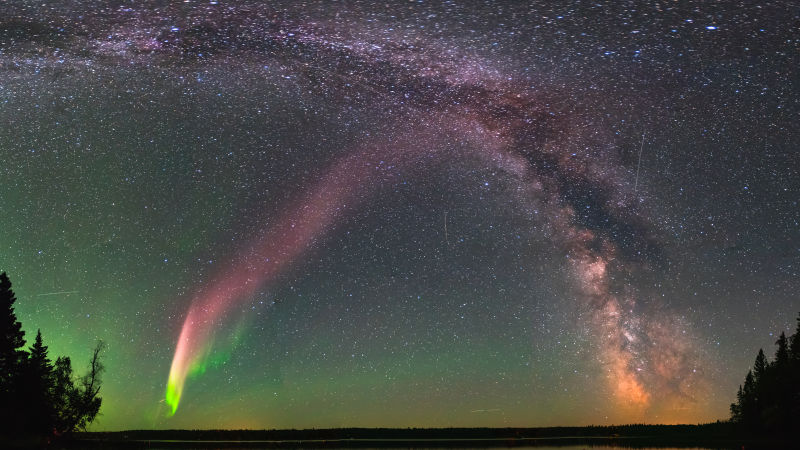
The NSF encourages people to help build a better, more informed society by participating in Citizen Science, or Public Participation in Scientific Research in a program designed to engage the public in addressing societal needs and accelerating science, technology, and innovation.
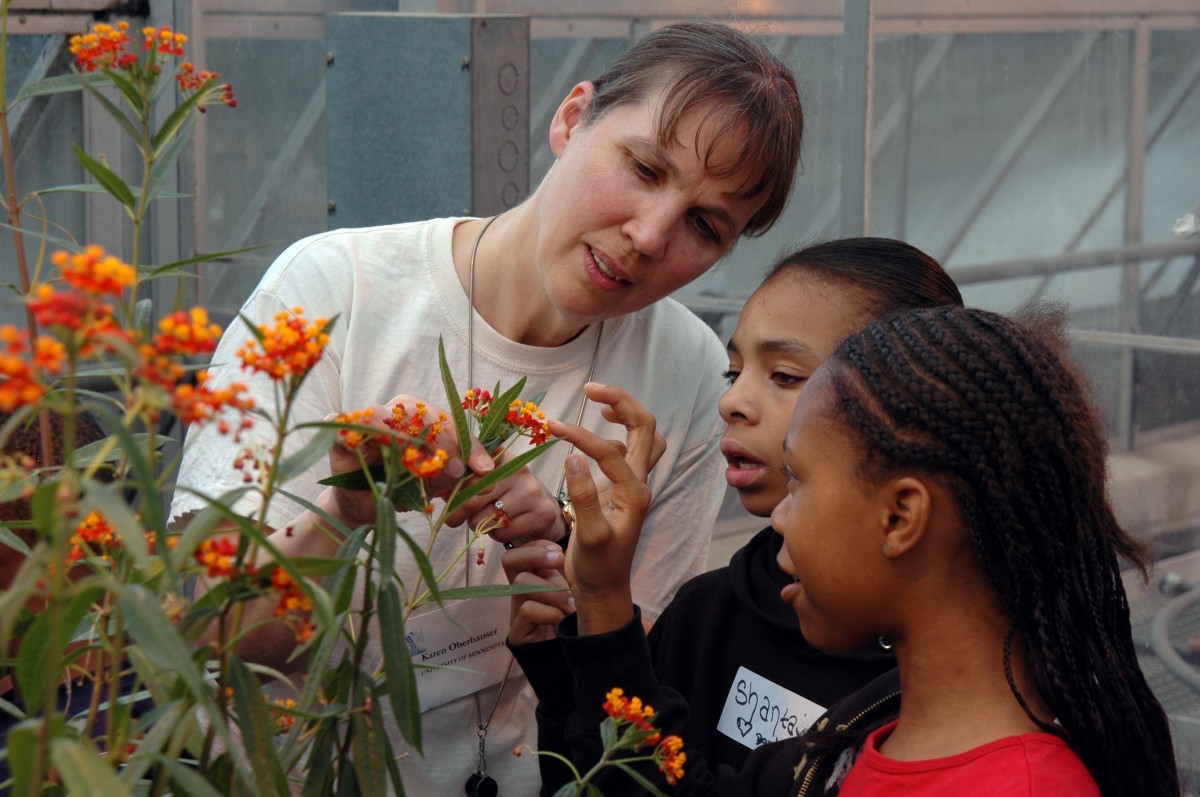
A growing movement seeks to make the tools of science available to everyone (including you).
Keeping meticulous records over decades, the Krefeld Entomological Society documented a 75 percent decline in bug populations that shocked the world.

It might style itself as a grassroots movement but citizen science is little more than a cheap land-grab by big business.
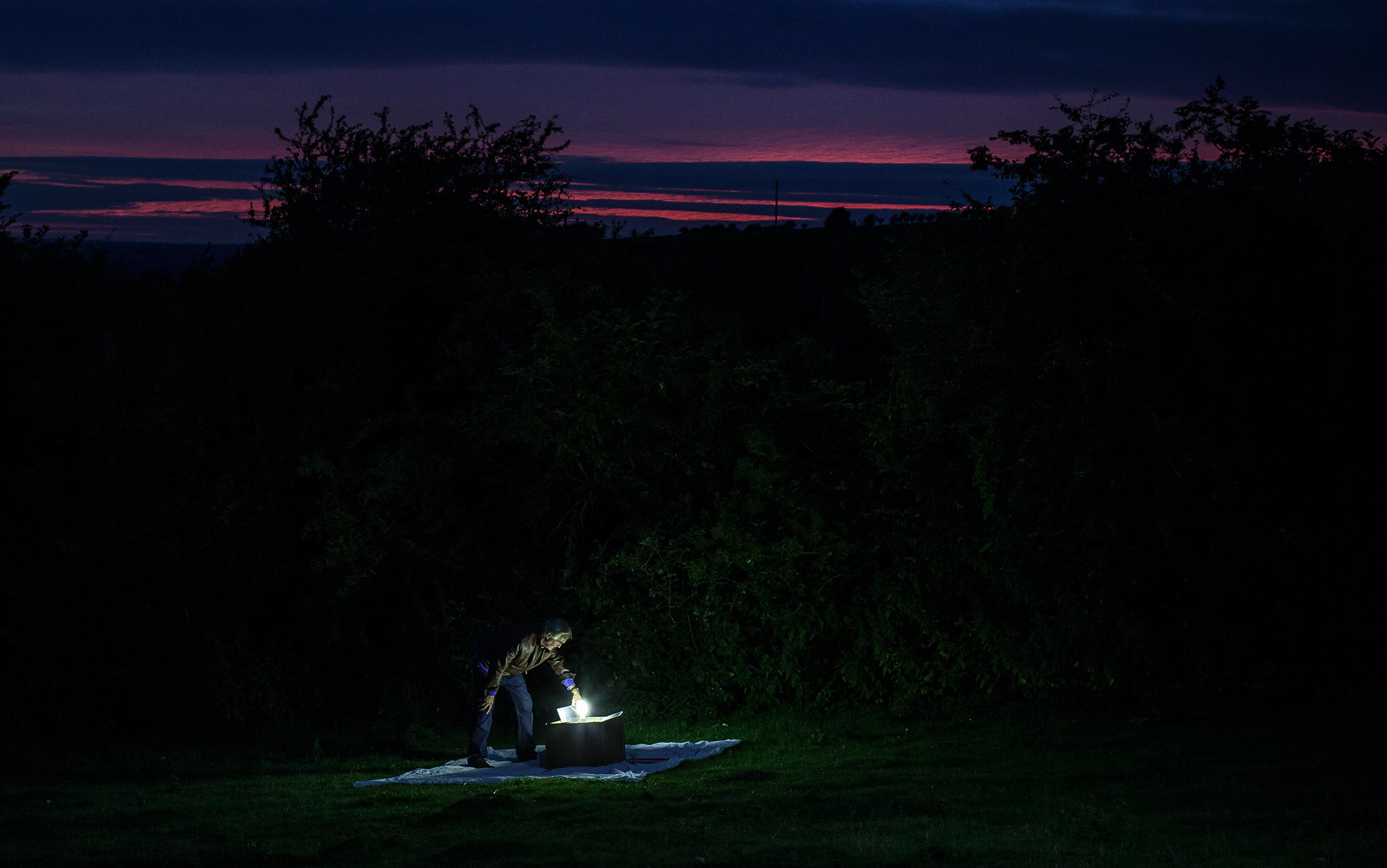
Workshop on a growing threat to Europe's biodiversity and the role of Citizen Science and Open Data as a model.
A survey of current practice in Germany and Austria
The role and the impact of citizen science in today’s world.

Online survey suggests that first-time protesters and nonresearchers swelled the ranks at the weekend pro-science event
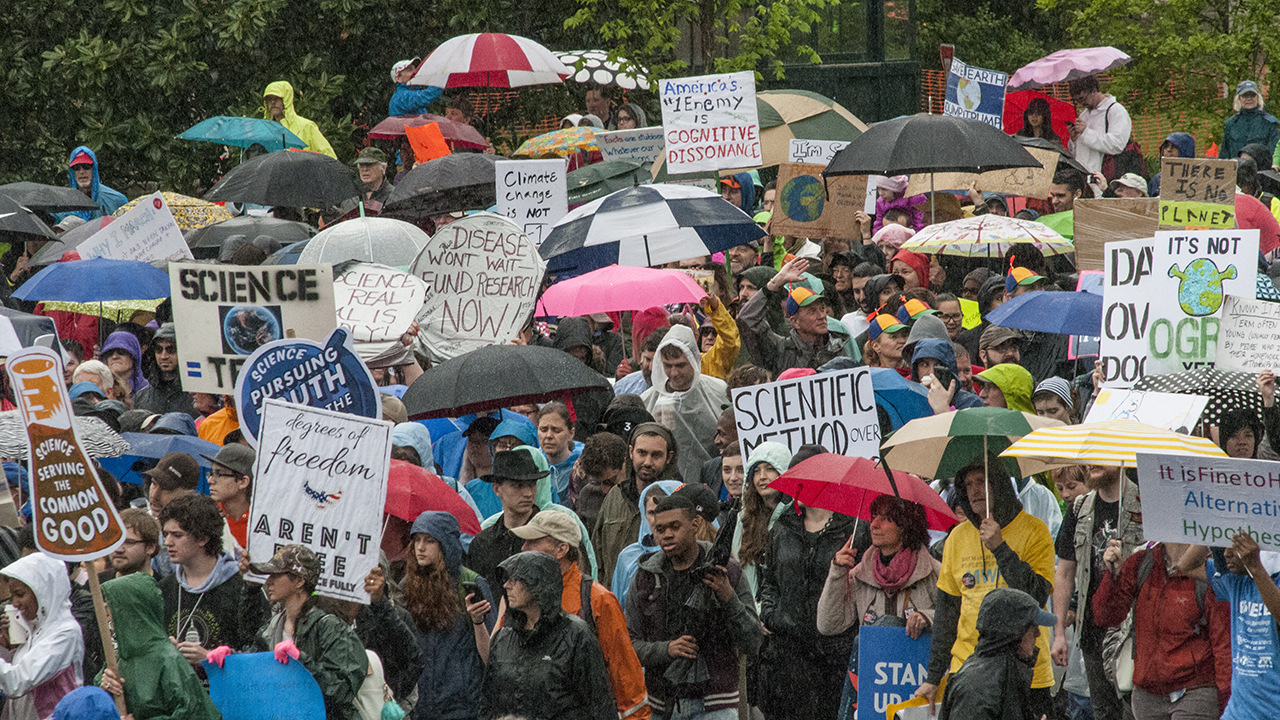
When a German retiree proved a famous long-standing mathematical conjecture, the response was underwhelming.
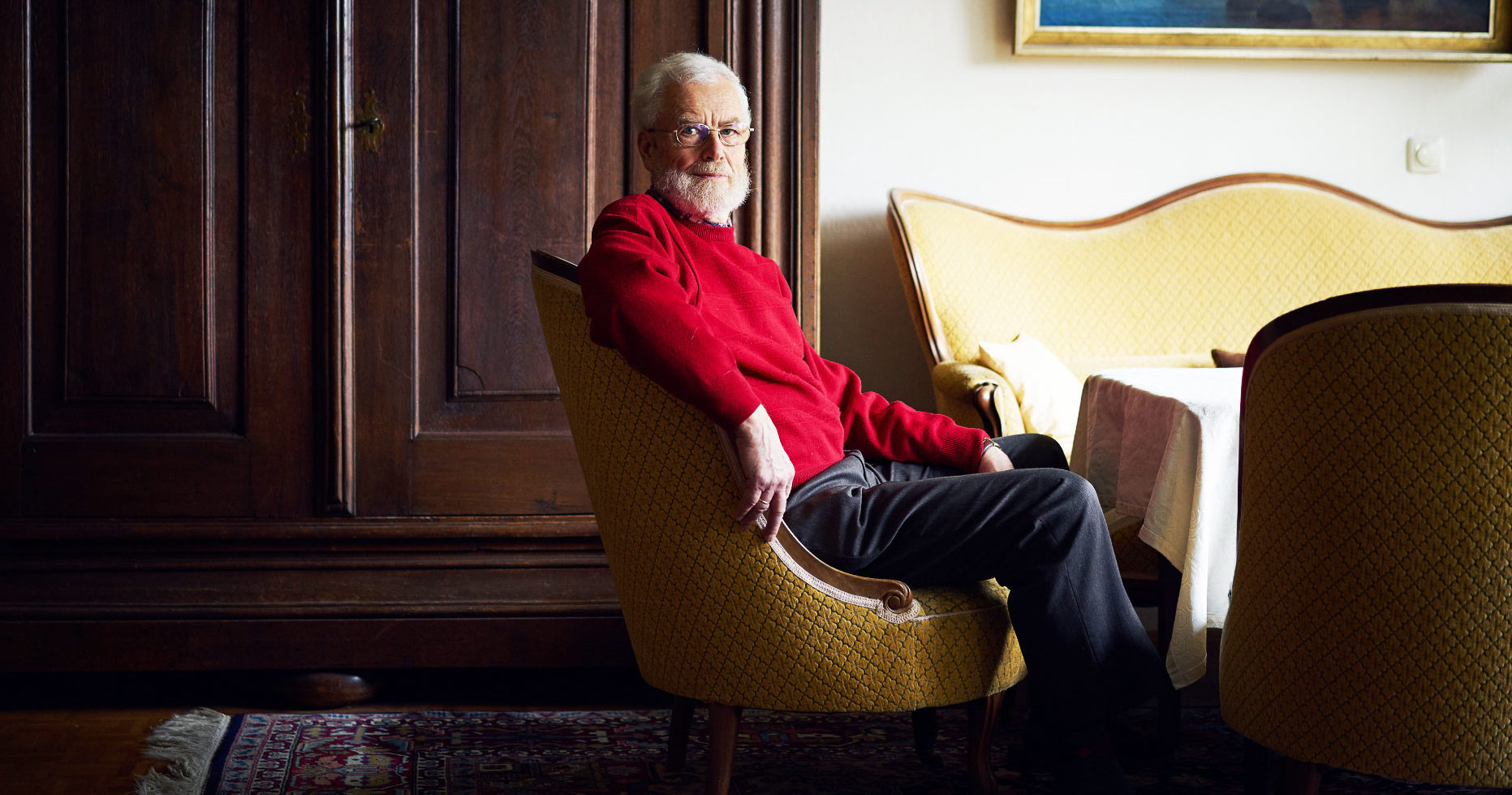
What does it mean to be a biohacker, and is this a new revolution for science?
